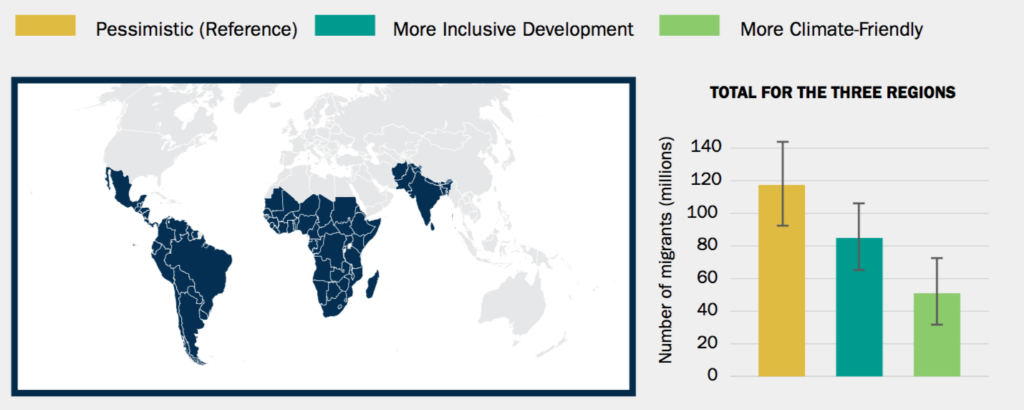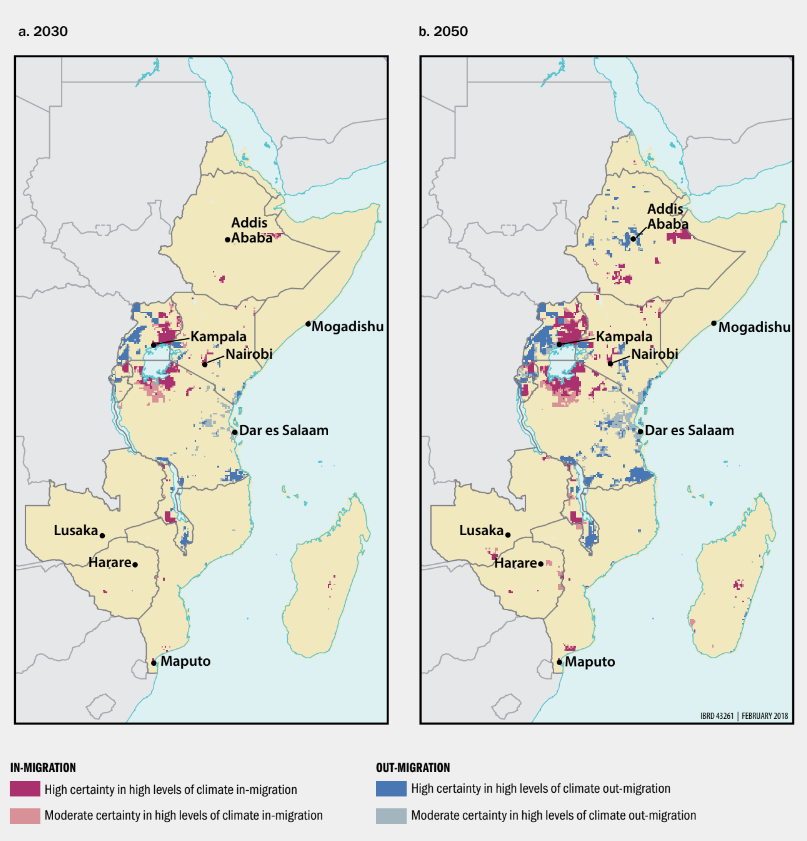"Climate change is no longer some far-off problem; it is happening here, it is happening now"
In
1990, the Intergovernmental Panel on Climate Change (IPCC) noted that the
greatest single impact of climate change could be on human migration—with
millions of people displaced by shoreline erosion, coastal flooding and
agricultural disruption. Since then various analysts have tried to put numbers
on future flows of climate migrants (sometimes called “climate refugees”)—the
most widely repeated prediction being 200 million by 2050.
Before I write furthur look at this video::
https://www.youtube.com/watch?v=QDKobsJJlRw
The
meteorological impact of climate change can be divided into two distinct
drivers of migration climate processes such as sea-level rise, salinization of
agricultural land, desertification and growing water scarcity, and climate
events such as flooding, storms and glacial lake outburst floods. But
non-climate drivers, such as government policy, population growth and
community-level resilience to natural disaster, are also important. All
contribute to the degree of vulnerability people experience.
The
problem is one of time (the speed of change) and scale (the number of people it
will affect). But the simplistic image of a coastal farmer being forced to pack
up and move to a rich country is not typical. On the contrary, as is already
the case with political refugees, it is likely that the burden of providing for
climate migrants will be borne by the poorest countries—those least responsible
for emissions of greenhouse gases.
The
map below (left) shows the regions covered by the analysis, while the chart
(right) shows the total number of internal climate migrants by 2050 estimated
for each of the three scenarios.
 |
| “Plausible” internal climate migration totals by 2050 across Sub-Saharan Africa, South Asia and Latin America under three scenarios.Vertical lines represent the 95th percentile confidence interval. Source: World Bank 2018. |
Temporary
migration as an adaptive response to climate stress is already apparent in many
areas. But the picture is nuanced; the ability to migrate is a function of
mobility and resources (both financial and social). In other words, the people
most vulnerable to climate change are not necessarily the ones most likely to
migrate.
 |
| Areas projected to have high levels of migration towards them (“in-migration”) and away from them (“out-migration”, light and dark blue) due to climate change in East Africa by 2030 (left) and 2050 (right). Source: World Bank 2018. |
Predicting
future flows of climate migrants is complex stymied by a lack of baseline data,
distorted by population growth and reliant on the evolution of climate change
as well as the quantity of future emissions. Nonetheless this paper sets out
three broad scenarios, based on differing emissions forecasts, for what we might
expect. These range from the best case scenario where serious emissions
reduction takes place and a “Marshall Plan” for adaptation is put in place, to
the “business as usual” scenario where the large-scale migration foreseen by
the most gloomy analysis comes true, or is exceeded.
Forced
migration hinders development in at least four ways; by increasing pressure on
urban infrastructure and services, by undermining economic growth, by
increasing the risk of conflict and by leading to worse health, educational and
social indicators among migrants themselves.
However,
there has been a collective, and rather successful, attempt to ignore the scale
of the problem. Forced climate migrants fall through the cracks of
international refugee and immigration policy—and there is considerable
resistance to the idea of expanding the definition of political refugeesto
incorporate climate “refugees”. Meanwhile, large-scale migration is not taken
into account in national adaptation strategies which tend to see migration as a
“failure of adaptation”. So far there is no “home” for climate migrants in the
international community, both literally and figuratively.

Amazing content - Vishnu
ReplyDeleteWe are living in this planet 🌏 as if we had another one to go.. Stop denying the 🌎 is dying.
ReplyDeleteDo something
ReplyDeleteSad but true
ReplyDeleteVery true.
ReplyDeleteThe world seriously needs to do something together
Well Written Vivek ji!!
ReplyDeleteSad and harsh reality 😢
ReplyDeleteVery well written
ReplyDeleteVery Informative
ReplyDeleteThe world needs to wake up!
ReplyDeleteWe should better start working in harmony with nature taking this as a wake up call.
ReplyDeleteKorbo Lorbo Jeetbo
ReplyDeleteThis blog can reduce Kolkata's annual carbon footprint
ReplyDeleteIndeed an alarm call for all of us! Very well put Vivek
ReplyDeleteLearned something new.
ReplyDeleteYou did hit the crux of the problem. Well detailed out, Vivek.
ReplyDeleteWell penned article, Vivek
ReplyDeleteVery informative
ReplyDeleteGreat that we see and discuss the elephant in the room which global leaders give a pass by.
ReplyDeleteInformative read.